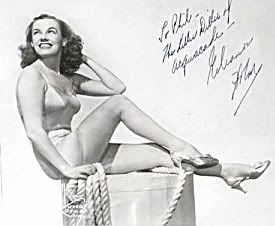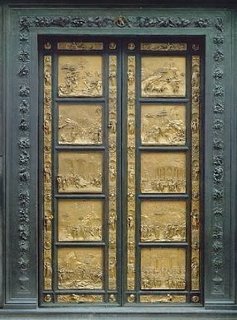Murnau

"Reality in his films was surrounded by a halo of dreams and presentiments, and a tangible person might suddenly impress the audience as a mere apparition." -- S. Kracauer.
Film director F.W. Murnau -- whose work was marked by an art historian's sense of composition and the use of imagery, and the poignant, almost ghostly characterizations he inspired from his actors -- was born on this day in 1888 in Bielefeld, Westphalia.
Murnau graduated from Heidelberg University where he studied art history and literature and started acting in Max Reinhardt's Deutsches Theater, when he was drafted into the German infantry in the First World War. Before long he was transferred to the air force as a pilot, and survived seven crashes before being captured in Switzerland. During his internment there as a P.O.W., Murnau was permitted to direct theatrical productions and compile propaganda films for the German embassy in Bern.
After the war, Murnau began to direct films, first through a production company he founded with actor Conrad Veidt, and later through other German producers. Among his great German works were the chilling Nosferatu (1922), a breakthrough film in Germany for its use of real locales, based broadly on Bram Stoker's Dracula (in fact, Murnau was sued for infringement); The Last Laugh (1924), about a hotel doorman (Emil Jannings) who loses his job, his uniform and his station in life; and Faust (1926), based on the Goethe epic.
Murnau moved to the U.S. and made his finest film, Sunrise (1927) based on Hermann Sudermann's A Trip to Tilsit. At the time of its release, Robert Sherwood called it "the most important picture in the history of movies" and even 31 years later it was voted the greatest film of all time in a Cahiers du Cinema poll.
After an ill-fated South seas collaboration with documentary filmmaker Robert Flaherty (Tabu, 1931), Murnau was killed on March 11, 1931 when his Rolls Royce went off the road while he was driving up the coast from Los Angeles with friends.
Labels: Silent Film





















